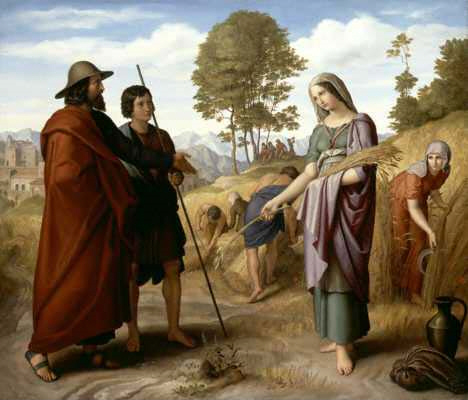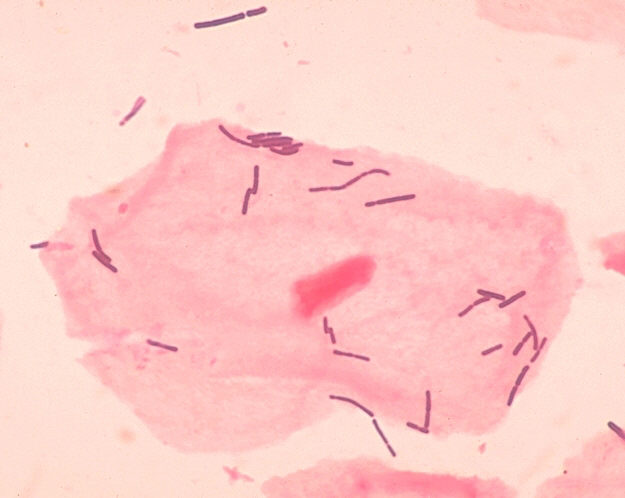Shavuot is a microbial holiday
Tonight is Shavuot. That wonderful holiday which includes midnight studies, water-bombing and dairy products. Mmmmm…. cheese. A food product heavily embedded in the science of microbiology. Cheese is the founding product of the biotech industry (along with beer and bread).
So here’s to Lactobacilli and Lactococci which are at the center of the production of dairy products. Breaking down milk sugar (lactose) into lactic acid, which curdles the milk protein casein. Left to its own devices, this process generally produces rotten milk, since other bacteria may join the fray. Cheesemaking starts the process by adding some rennet first. Rennet was originally and still being produced from cows’ upper stomachs. The active ingredient in rennet is chymosin, used to curdle milk drunk by calfs. But 90% of cheeses produced in the US and the UK now are made using recombinant chymosin, produced in the fungus Aspergillus niger.
Cheese also needs to ripen. Propionibacterium freudenreichii ferments lactate in the cheese to produce, among other things, carbon dioxide. This produces the holes we see in Swiss cheese. But it’s a finicky bug, and needs its faithful symbiotic companion Lactobacillus helveticus (“Swiss Lactobacillus“) to provide it with essential amino acids necessary for its growth. P. freudenreichii is named after Eduardo von Freudenreich, a 19th century microbiologist who, among other things, wrote a seminal book on dairy microbiology.
By the way, Propionibacterium acne a relative of Propionibacterium freudenreichii is a bacteria found on our skin which at times causes… yes, acne. But don’t think about acne when you eat Swiss cheese. (Now I put some people off Swiss for quite a while).
Finally, mold. Penicillinum roqufortii provides those beautiful blue streaks in the sheep-milk cheese Roquefort… and the taste. Only cheeses aged in the natural Combalou caves of Roquefort-sur-Soulzon may bear the name Roquefort. Which is why it is so damn expensive.
And I haven’t even started upon Camembert (the real one is made from unpasteurized milk) ripened by Penicillium candidum and Penicillium camemberti. Or kefir, made from the eternal Kefir grains, a matrix of bacteria and polysaccharides that can be reused forever…. but I’m too hungry for cheesecake to continue this.
EDIT: typos. Thanks Martin!























Hi Iddo!
I wanted to compliment you on this interesting and well-written blog! I found it while looking for some Android Apps for the scientists in our community.
You’re posts are fun, though-provoking and educational. I’m going to be pulling more posts to share with my community on Twitter: @scienceadvboard.
Thank you, and Blog On!
Kari O’Brien
Community Manager
The Science Advisory Board